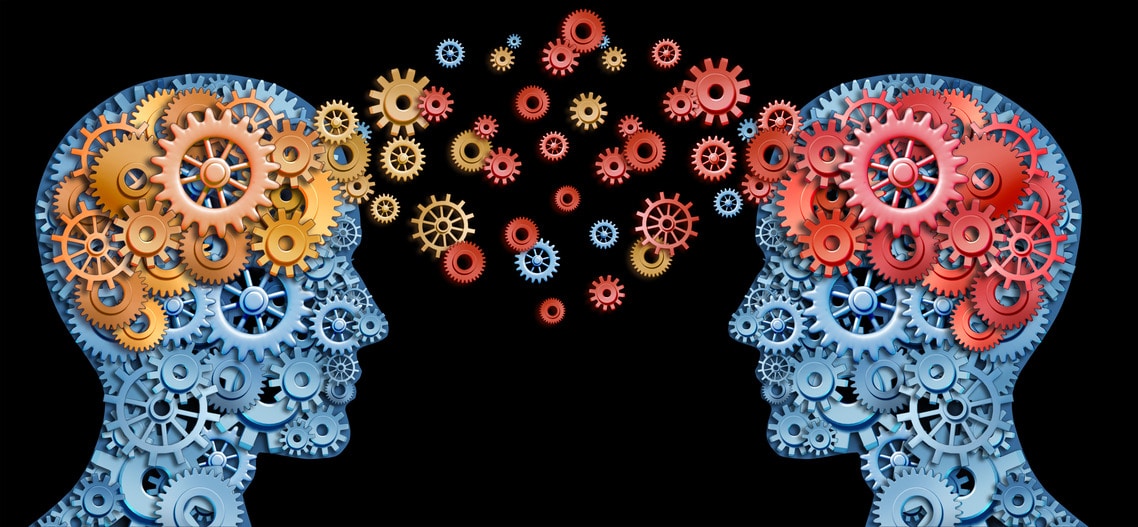Axios‘ Joe Uchill reports from Las Vegas this week’s cybersecurity conference in Las Vegas Black Hat USA 2018 typically filled with panels about hacking automobiles and airplane Wi-Fi are sprinkled with a different salt: a focus on mental health.
Issues like anxiety and depression aren’t new in the cybersecurity field where stress is rampant. Pros work long hours under enormous pressure to protect critical networks from ever-increasing threats. Each threat is unseen, unexpected, and collectively relentless.
Black Hat’s focus on people and not just technology is new and may cause broader industry changes. Topics addressed include suicide, stress load, mental illness, and trauma will encourage employers in the field to think about those issues too.
This is where an expanded understanding of how we are more than our rational, calculating, self-talk we typically think of as “me.” We need to factor in the reality of our three brains: reptilian, limbic, and neocortex or as I refer to them, the 3Ls: Lizard, Limbic, and Logic. We know our survival brain (L1) and its needs: survival, food, shelter, sex. Our knowledge of the world if constructed through our language, thinking, and conversations (L3), and shaped by our limbic systems (L2.)
Our limbic system’s role in our day to day life is less well known and is gradually being explored through psychology, neuropsychology, and more. Our own experience shows us how our limbic states shaped by our experience have a direct connection of their own to our bodily chemistry. They are not affected by, nor negotiable with words. This realm of image, myth, and symbol is also timeless. Memories retrieved can be relived. PTSD is one of the more devastating ways many experience this functioning of our limbic systems. But our Limbic Life, our gut, intuition, sense of self, our ghost in our machine, our soul (?), can be reshaped with images. Our brains’ plasticity lasts all the way through life.
Today there are ways to address our emotional fitness through a growing understanding of the limbic system, how central it is, and now importantly, how we can work with that rather mysterious part of ourselves to heal, address the real challenges in day to day life affecting us in ways we were not expecting. We didn’t expect technology to ramp up our stress levels, nudge us toward suicide, exacerbate mental unfitness, or traumatize our youth.
But the numbers are telling a story of their own.




